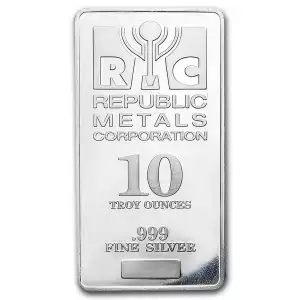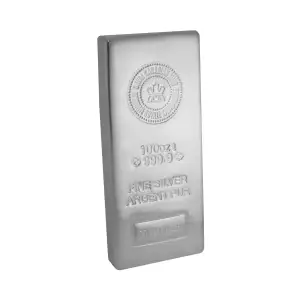Gold Stocks vs. Physical Gold: A Balanced Comparison
Investing in gold can take two primary forms: gold stocks (such as mining companies or ETFs) and physical gold (bullion, coins, or bars). Each has unique advantages and disadvantages, making them suitable for different types of investors.
Advantages of Gold Stocks (Gold ETFs & Mining Companies)
- Higher Potential Returns: Gold mining stocks can outperform the price of gold due to leverage—when gold prices rise, mining companies often see profits grow faster.
- Dividend Income: Some gold mining companies pay dividends, providing passive income while also benefiting from rising gold prices.
- Greater Liquidity: Gold stocks and ETFs are easily bought and sold on stock exchanges, making them more liquid than physical gold.
- No Storage Costs or Security Concerns: Physical gold requires secure storage, while gold stocks do not have security or storage concerns.
- Portfolio Diversification & Growth Potential: Gold mining companies can benefit from business growth beyond gold prices.
Advantages of Physical Gold (Bullion, Coins, or Bars)
- Direct Ownership & No Counterparty Risk: Physical gold is an asset you own outright, with no reliance on financial institutions.
- Protection Against Market Crashes & Bank Failures: Physical gold is a safe-haven asset that holds value during financial crises.
- No Paper Asset Risk or Management Decisions: Gold mining stocks are influenced by external factors, while physical gold’s value is independent.
- Hedge Against Inflation & Currency Devaluation: Physical gold has historically preserved purchasing power over centuries.
- Tangible Asset with Global Acceptance: Gold is recognized and accepted worldwide as a store of value.
Key Considerations: Which is Right for You?
| Factor | Gold Stocks (Mining & ETFs) | Physical Gold (Bullion, Coins, Bars) |
|---|---|---|
| Liquidity | Highly liquid, easy to trade | Less liquid, requires a buyer/seller |
| Returns | Potentially higher returns | Value growth is stable over time |
| Security Risks | Relies on company management & market stability | No counterparty risk, fully owned asset |
| Storage & Costs | No storage costs, held in brokerage accounts | Requires safe storage, insurance may be needed |
| Inflation Hedge | Indirect, depends on company performance | Direct hedge against inflation |
| Crisis Protection | Stocks may fall during crises | Holds value in economic downturns |
| Dividends | Some mining stocks pay dividends | No passive income from gold itself |
Final Thoughts: A Balanced Approach
Gold stocks (ETFs & mining shares) are best for liquidity, growth potential, and dividends but come with market and company risks.
Physical gold is best for long-term wealth preservation, security, and crisis protection, but it requires storage and does not generate income.
Best Strategy? A mix of physical gold for security and gold stocks for growth provides diversification and inflation protection while still taking advantage of market opportunities.












